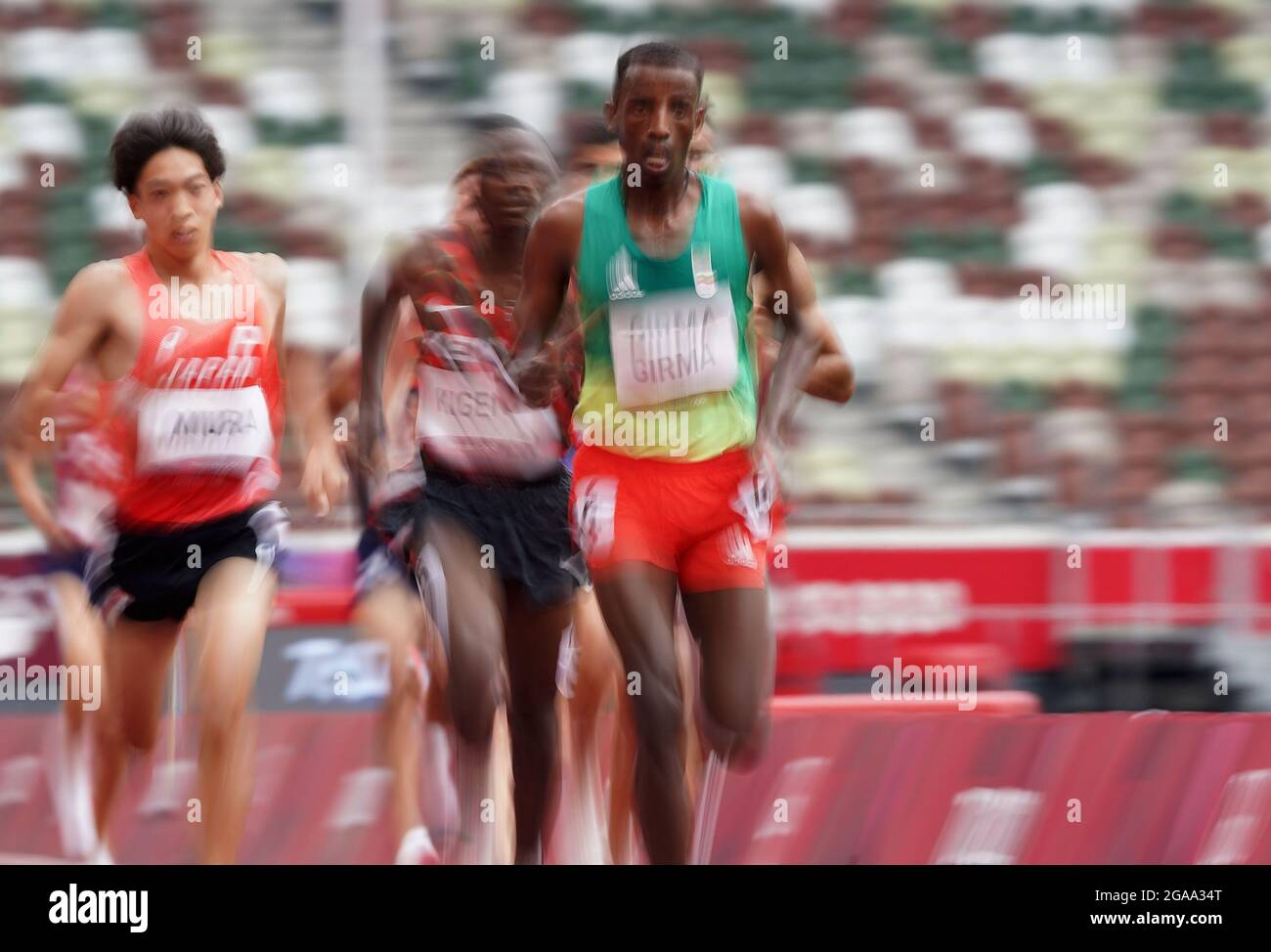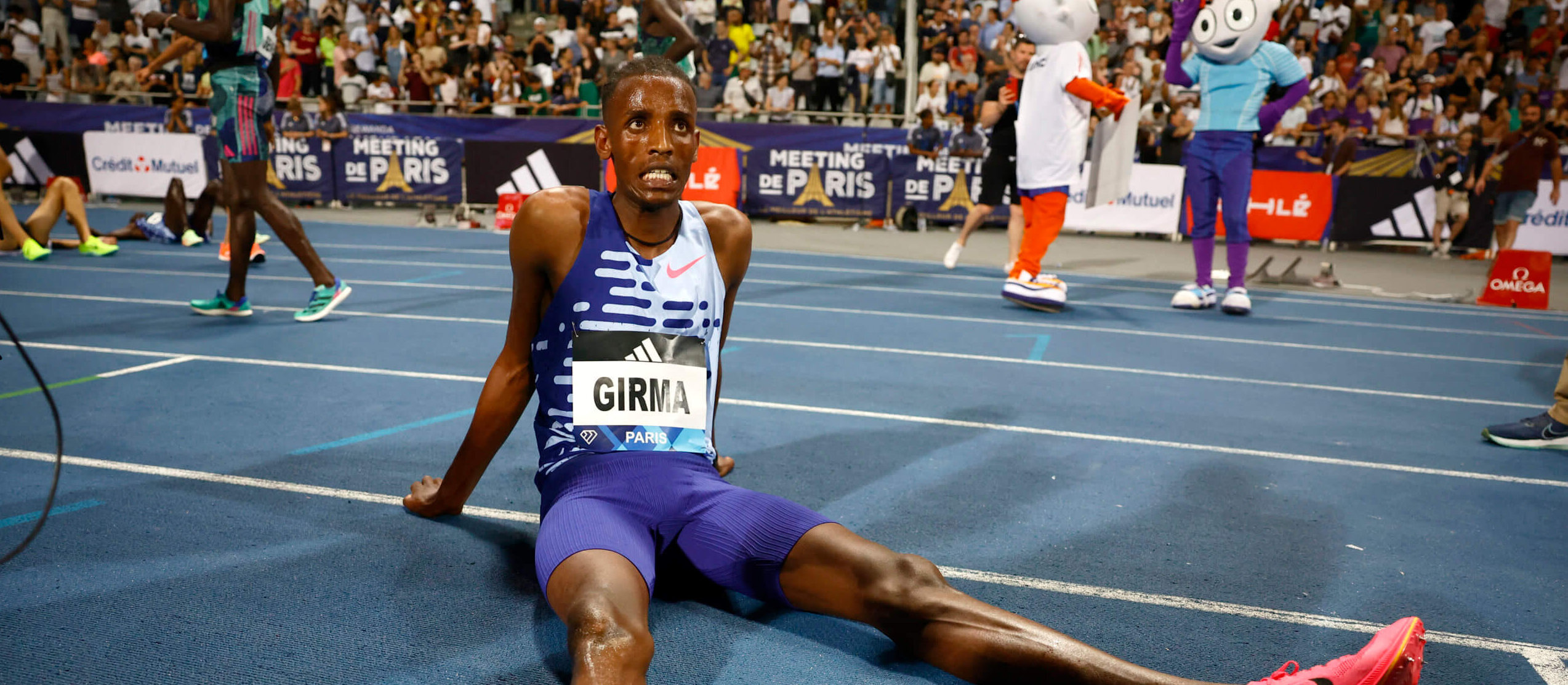The Course and Its Challenges

The Girma Steeplechase course is known for its demanding nature, pushing both horses and jockeys to their limits. It’s not just about speed, it’s about strategy, endurance, and a whole lot of guts.
Course Details
The Girma Steeplechase course is a grueling 4-mile track, winding through a variety of terrain. It’s not just a flat race, it’s a rollercoaster of hills, water jumps, and tight turns. Think of it like a super challenging obstacle course, but for horses.
- Length: 4 miles
- Terrain: The course features a mix of grass, dirt, and even some paved sections. It’s not just a flat track, there are some pretty steep hills that horses need to climb.
- Obstacles: The course has 18 obstacles, including 12 water jumps, 4 fences, and 2 tight turns. The water jumps are particularly challenging, as horses need to clear a wide ditch filled with water. The fences are high and solid, requiring horses to jump with power and precision. The tight turns are tricky because they can throw off a horse’s momentum and make it difficult for the jockey to maintain control.
Challenges of the Course
The Girma Steeplechase course is not for the faint of heart. It’s a test of both horse and jockey, and only the best of the best can conquer it. Here are some of the biggest challenges:
- Steep Hills: The course features several steep hills, which require horses to exert a lot of energy. Jockeys need to manage their horse’s pace and make sure they don’t get too tired. If a horse gets winded, it can lose its momentum and make it difficult to clear the obstacles.
- Water Jumps: The water jumps are arguably the most challenging obstacles on the course. Horses need to clear a wide ditch filled with water, which can be intimidating for some horses. Jockeys need to encourage their horses to jump and make sure they don’t hesitate. A hesitation can lead to a fall, which can be dangerous for both horse and jockey.
- Tight Turns: The tight turns on the course can be tricky for both horses and jockeys. Horses need to change direction quickly, which can throw off their momentum. Jockeys need to keep their horses under control and make sure they don’t lose their balance. A loss of balance can lead to a fall, which can be dangerous for both horse and jockey.
Strategies and Techniques
To conquer the Girma Steeplechase course, jockeys and horses need to work together seamlessly. They need to be in top physical condition and have a strong understanding of each other’s abilities. Here are some of the strategies and techniques that jockeys and horses use to overcome the obstacles:
- Pacing: Jockeys need to carefully manage their horse’s pace throughout the race. They need to make sure their horse doesn’t get too tired, especially when climbing the hills. A well-paced race is crucial for success.
- Jumping Technique: Jockeys need to be skilled at jumping their horses over the obstacles. They need to be able to guide their horse over the fences and water jumps without losing control. A good jumping technique is essential for avoiding falls and staying in the race.
- Horse and Jockey Communication: Jockeys need to be able to communicate effectively with their horses. They need to be able to encourage their horse to jump and maintain its pace. A strong bond between horse and jockey is essential for success.
The Fall: Girma Steeplechase Fall

The Girma Steeplechase, with its challenging terrain and high speeds, is inherently risky, and falls are an unfortunate reality of the sport. Understanding the causes and consequences of falls is crucial for ensuring the safety of both horses and jockeys.
Causes of Falls, Girma steeplechase fall
Falls during the Girma Steeplechase can be attributed to a combination of factors, including course conditions, horse health, and jockey errors.
- Course Conditions: The Girma Steeplechase course is known for its challenging terrain, with steep hills, sharp turns, and water jumps. These features can create difficult conditions for horses, particularly if the ground is wet or uneven. For example, a horse may slip on a muddy patch or stumble on a rocky section, leading to a fall.
- Horse Health: A horse’s health can significantly impact its performance and risk of falling. Injuries, illnesses, or fatigue can affect a horse’s balance, coordination, and ability to navigate the course safely.
- Jockey Errors: Jockeys play a crucial role in the safety of the race. Mistakes in judgment, such as misjudging a jump or failing to control the horse, can lead to falls. Additionally, a jockey’s experience and riding skills can influence their ability to handle challenging situations on the course.
Consequences of Falls
Falls during the Girma Steeplechase can have serious consequences for both horses and jockeys, and they can also impact the outcome of the race itself.
- Injuries to Horses: Falls can result in injuries to horses, ranging from minor cuts and bruises to serious fractures and internal injuries. In severe cases, falls can even be fatal.
- Injuries to Jockeys: Jockeys are also at risk of serious injuries during falls. They may experience broken bones, concussions, and other injuries, some of which can be career-ending.
- Impact on the Race: Falls can disrupt the flow of the race, causing delays and altering the competition dynamics. A fall involving a leading horse can significantly change the outcome of the race.
Safety Measures
To mitigate the risk of falls and ensure the well-being of participants, various safety measures are implemented during the Girma Steeplechase.
- Course Inspection: The course is carefully inspected before each race to identify and address any potential hazards, such as loose stones or uneven ground.
- Veterinary Checks: Horses are subjected to veterinary checks before the race to ensure they are fit and healthy.
- Safety Equipment: Jockeys are required to wear safety equipment, including helmets, body protectors, and boots, to minimize the risk of injury during falls.
- Emergency Response: A team of trained medical professionals is on hand during the race to provide immediate medical attention in case of accidents.
Girma steeplechase fall – Girma’s fall during the steeplechase was a sight to behold. The sheer force of his tumble sent shockwaves through the crowd, and for a moment, everyone held their breath. The impact was so jarring, it felt as if the earth itself had trembled.
He lay there, sprawled on the track, a stark contrast to the vibrant green of the field. Perhaps a moment of rest in a boss bonded leather executive chair would have been a better choice, but then, who could have predicted such a dramatic turn of events?
Thankfully, Girma was able to get back to his feet, though the fall clearly left its mark.
Girma’s fall in the steeplechase was a shock to everyone. It was a stark reminder that even the most talented athletes can be brought down by a moment of misfortune. Ethiopia, however, has a rich history in the steeplechase, as seen in ethiopia steeplechase , and Girma’s fall will likely not deter the next generation of Ethiopian runners from pursuing this challenging discipline.